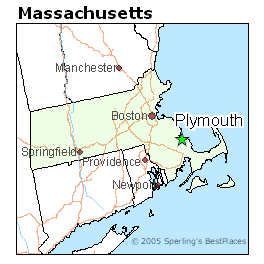For my supplemental reading , I decided to read “Lazy rivers and Student debts” by Kellie Woodhouse. I chose this amongst all for the simple fact that 1) I have never heard of a “Lazy River” and 2) as a college student , I can relate to the student debt accumulating and becoming a problem in our lives.(https://www.insidehighered.com/news/2015/06/15/are-lazy-rivers-and-climbing-walls-driving-cost-college)
Throughout the article Kellie Woodhouse like Kathleen G Scholl and Gowri Betrabet Gulwadi discussed the archistructures and space used for student benefits at universities. On one side of the spectrum, “Recognizing Campus Landscape as Learning space” discusses several main points which consist of the idea that students have better focus and attention when they study and learn in nature and open environment, that colleges are spending millions on upgrading student centers, but not enough on updating the nature parts of the campus and, the fact that college campuses should have more of a green space to help its students achieve the most can. The article focuses on how to make learning more efficient and how it is has evolved over time.
The second article that was discussed focused on colleges deterring away from educational matters of importance onto matters of recreational spending. The main similarities between these two articles is that they’re both persuasive articles. Kellie Woodhouse said “One is encouraging us to focus on the environment where the students are placed in while the other questions the wisdom of colleges choosing to upgrade their auxiliary facilities before they upgrade their academic ones.” In the same article Wellman said "One can ask whether they're appropriate expenditures given that many colleges are letting their infrastructures deteriorate, even while they're investing in these things that are supposed to attract students.”The similarities also include a focus on how college campuses are affecting students. For example both articles are giving evidence on how today’s practices are influencing successful learning. Successful learning is associated to the financial sustainability and how schools were making it less affordable because of their reckless spending on amenities.
The second article focuses on the consequential question colleges face when competing. How to make the campuses better. Being better has different values attached to it. How many students can they attract. Vistas and amenities are factors students do look at aside from an educational standpoint. But there lies the dilemma. Are you willing to pay more for a higher education or for a higher standard of recreational living. The article tackles and criticizes the campuses that believe in amenities over higher standards of education. While the first article discussed topics revolving around the techniques to learning more efficiently.
